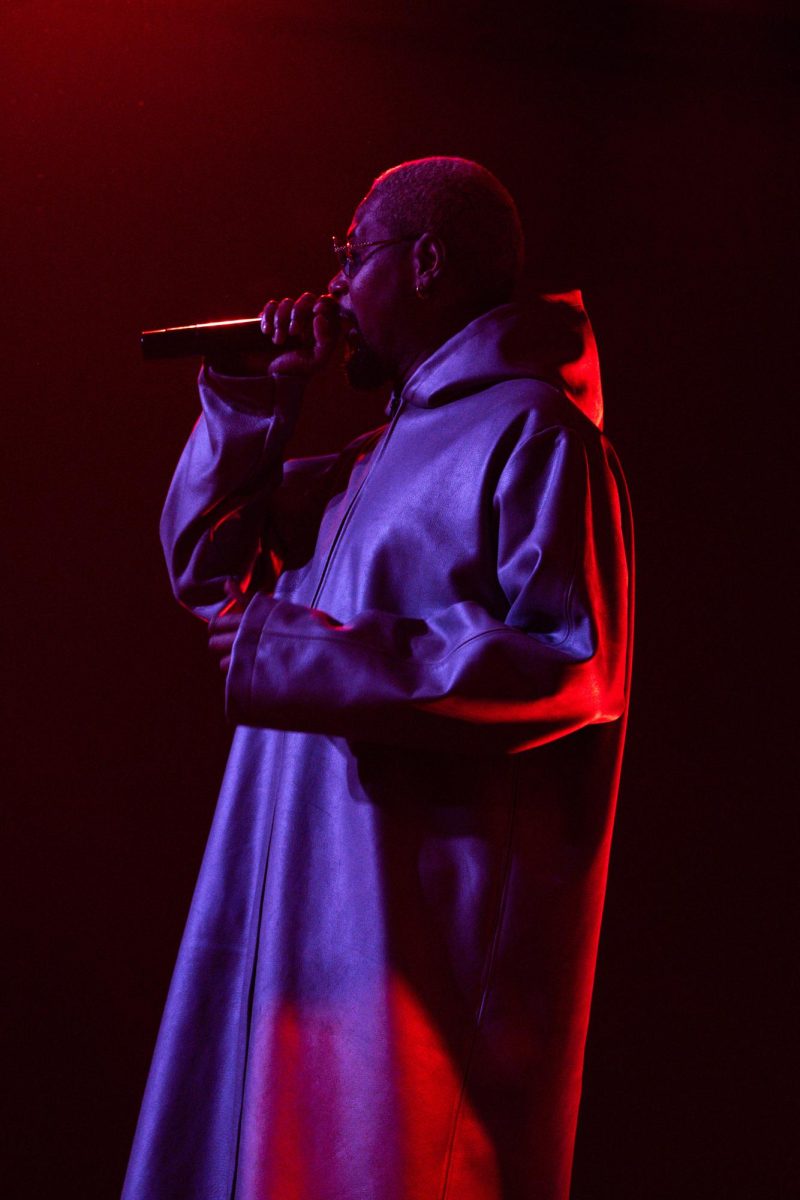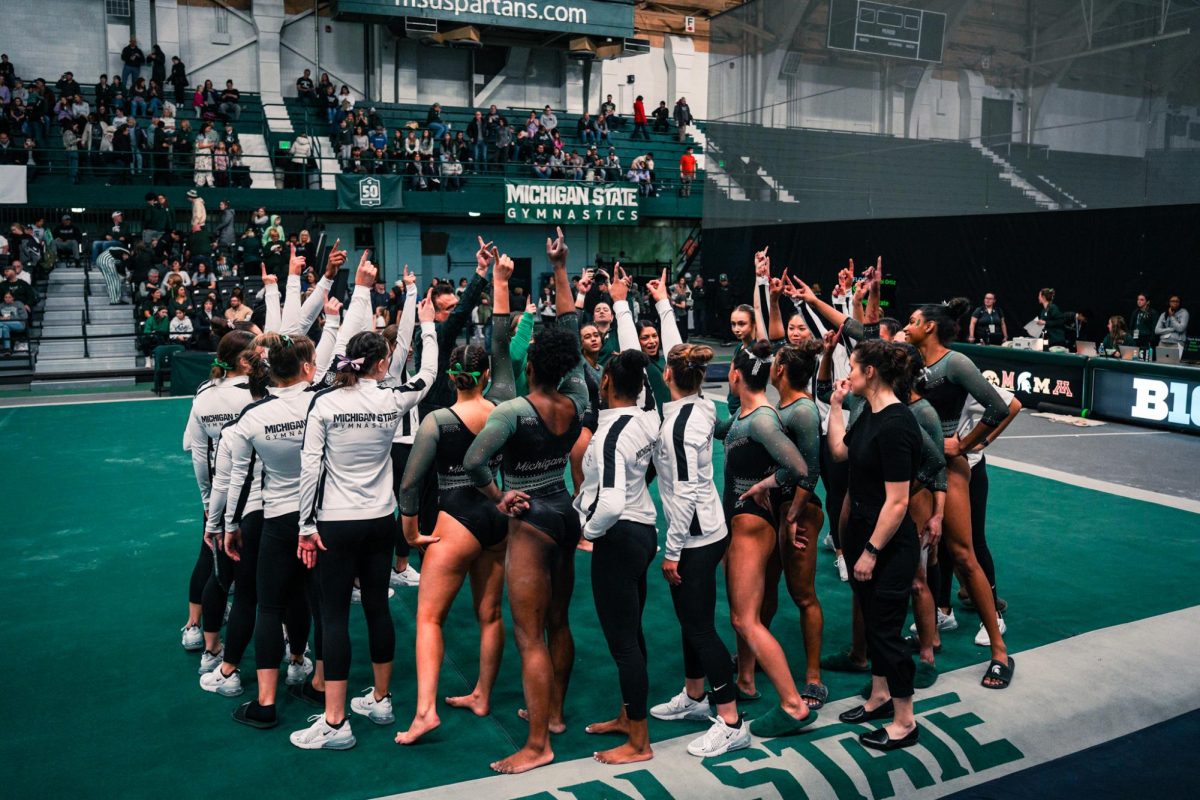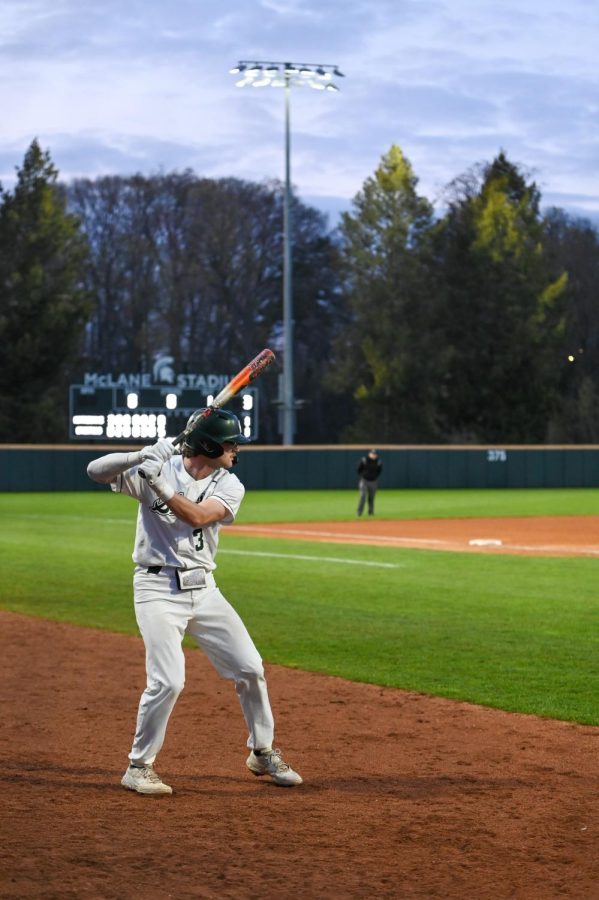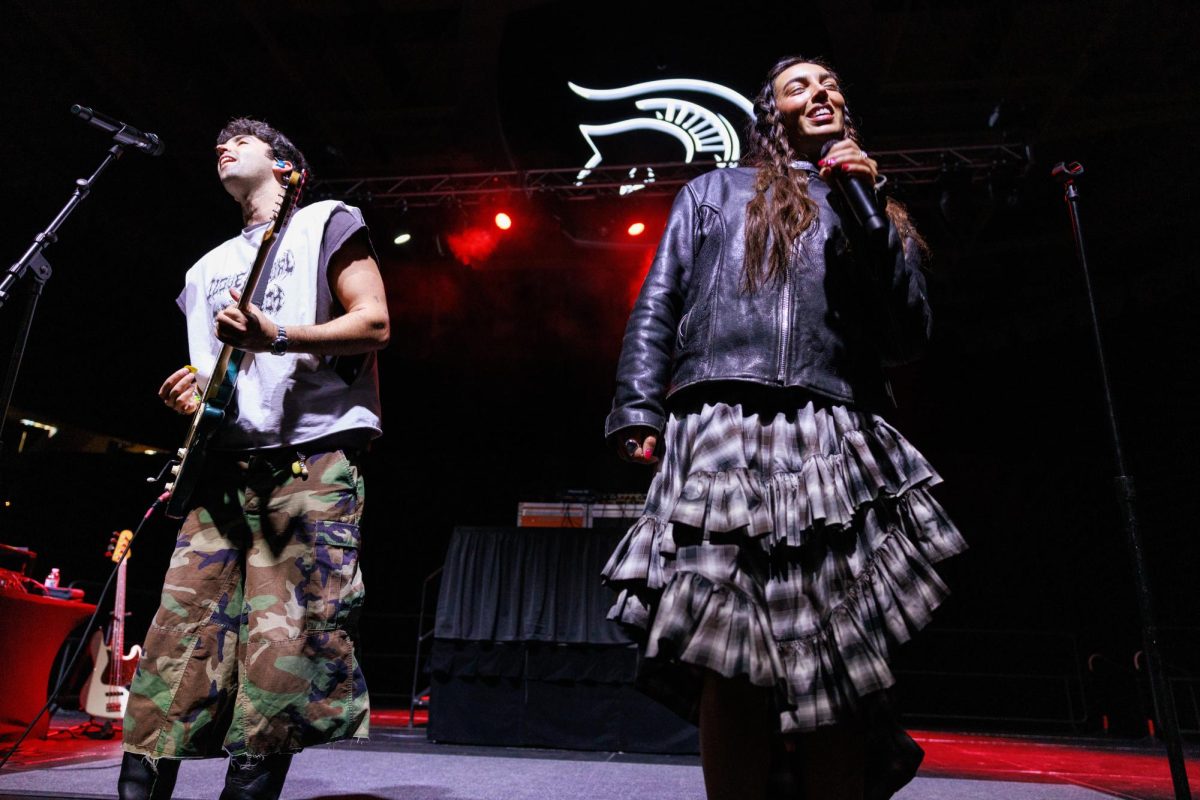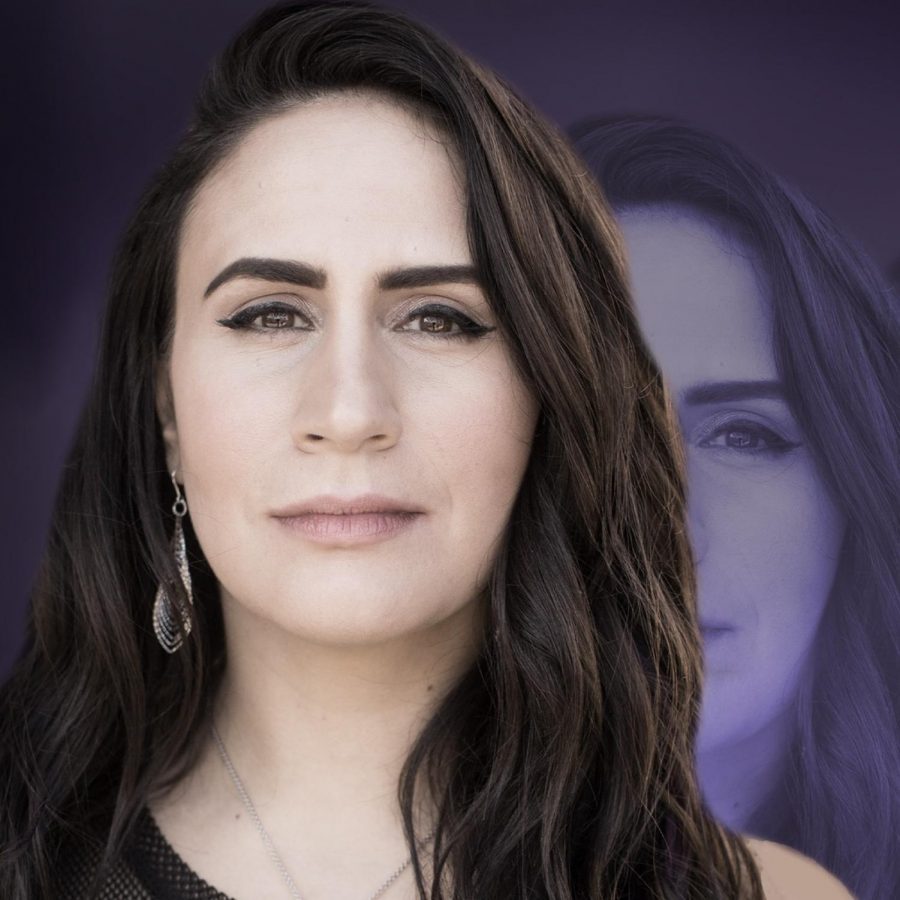A Home-Grown Team: MSU Cross Country
October 28, 2014
To an outsider, a team’s success is most often seen in the numbers. A No. 1 national ranking, four invitational team wins and consistently placing multiple runners in the top-15 can weigh heavy in the books, but for the Michigan State University women’s cross country team, success in numbers is not the only reason to feel triumphant.
The state of Michigan is finding itself at the center of collegiate cross country, and is home to two nationally ranked top-five teams. MSU and the University of Michigan have danced around each other in the polls since the beginning of the year.
Michigan began as the preseason favorite, and stayed at No.1 for a month. In the meantime, MSU crept up in the polls, moving from No. 6 in the preseason to now No.1 at the end of the regular season.
Despite being in-state rivals and two very gifted teams, the Spartans and Wolverines did not compete against each other in the regular season. Now, with the three most important competitions to go, the rivalry will finally be put to the test. The Spartans are faced with the Big Ten Championship in Iowa City, Iowa; NCAA Great Lakes Regional in Madison, Wisconsin; and NCAA Championship in Terre Haute, Indiana.
While there is a strong bitterness anytime MSU and UM compete against each other in any sport, cross country doesn’t exactly garner the hype of Saturday’s football game. In all honesty, the cross country teams are more evenly matched than the football teams and will probably create a more interesting contest, but that is my personal opinion.
So, why so much success in the state of Michigan right now?
“It takes a long time to get a team in a place to talk about being one of the top teams in the nation,” assistant coach Lisa Senakiewich said. “Both teams have coaches, Coach Walt Drenth and Coach Mike McGuire, who have been doing this for a long time. They have well-developed training plans and have created an identity for the teams.”
With training plans working and a flourishing team culture in place, it creates the perfect combination for a top-ranked team.
The Spartan women have been doing the work, and it’s now paying off. Within the team’s top seven, five of the athletes are maxing out at 70 miles a week, and two at 80 miles. Senakiewich said that some of the girls have long runs of 100 minutes. That’s about 15 miles if you’re going a 7:00 minute per mile pace, which they are reaching, if not faster.
The mileage may seem like a lot, but Senakiewich said that it has taken development and training for the girls to get to this point. The team’s top-seven squad, who have all run at every meet this season, are experienced. The group is graced with a handful of leaders. They don’t even have captains because, frankly, it is not necessary.
What has made MSU the powerhouse that it is this year is consistency from the whole team. While Leah O’Connor and Rachele Schulist are regularly in the front pack, the difference is in the other five runners. At the Wisconsin Invite, the Spartans put six runners in the top 45, no other team had three. They also had the smallest time spread between the top runner (Schulist at 19:39) and fifth runner (Sara Kroll at 20:33) of 54 seconds. It goes to show that ‘running in a pack’ can make the difference.
The team is not only impressive because of sheer accomplishment but also because the team is almost entirely from Michigan. It not only speaks to good recruiting, but the morals and goals that the team puts forth. With all the girls hailing from the Midwest, Senakiewich said that family and proximity to home are factors that go into many of the athletes’ decision to run at MSU. These values are very present in how the team functions. Ask any one of the girls and it is very clear that their relationships with each other ranks top on their list.
A little friendly competition is always healthy to any team, but the MSU runners want nothing but the best for each other and it is very present in how they run. While they all may be very fast, they all finish within a few places of each other and are often running in twos or threes during the middle of the race. They look out for one another, and it’s proving to be a good strategy.
Alexa McCarthy is the host of Last Leg for Impact Sports.
Photo: @MSUTrackFieldXC














